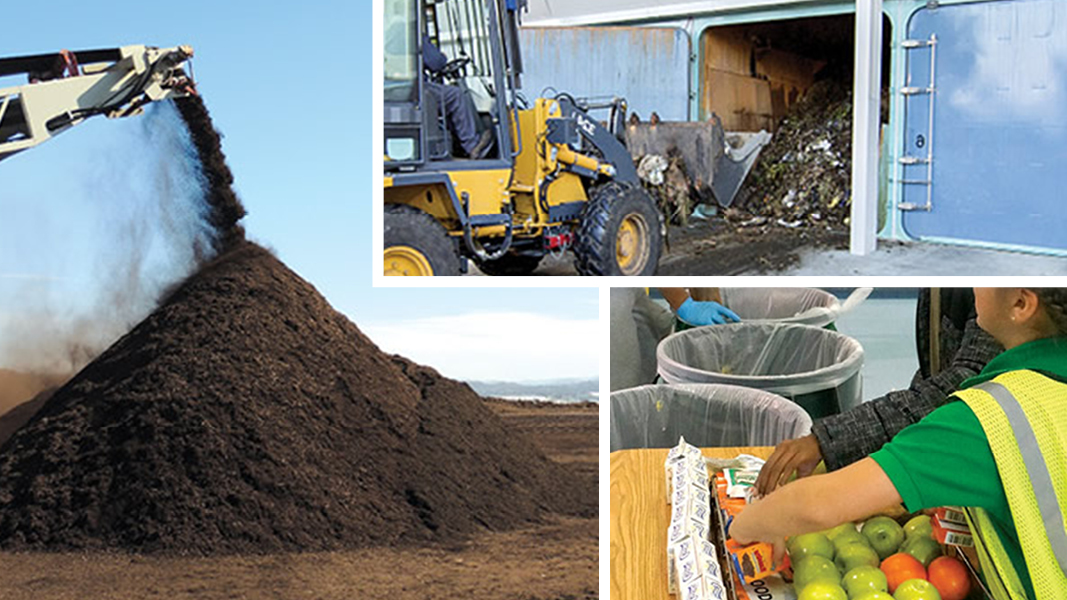On August 18, CalRecycle released “Analysis of the Progress Toward the SB 1383 Organic Waste Reduction Goals,” as required under SB 1383, a law to reduce short-lived climate pollutants like methane. The purpose is to assess waste sector, state government, and local government progress toward meeting SB 1383’s 2020 and 2025 organic waste disposal reduction goals — 50 percent below 2014 levels by 2020 and 75 percent by 2025 — and to increase food recovery by 20 percent by 2025. CalRecycle estimates that approximately 27 million tons of organic material will need to be redirected from landfills in 2025 to meet the SB 1383 reduction goal, including edible food and approximately 18 million tons of organic waste that will need to be processed at composting, anaerobic digestion (AD), chip-and-grind, or other organic waste processing facilities. Based on current capacity projections, the infrastructure in the state will be able to process about 10 million tons of the 18 million tons.
To conduct its analysis, CalRecycle reviewed a survey of organics recycling and processing infrastructure, waste characterization data, markets for recovered organic waste products, funding sources, local rate structures and organic waste recycling policies, and edible food recovery programs. The analysis indicates that:
- Organics recycling and recovery infrastructure is growing, but still needs significant expansion to provide the recycling capacity necessary to meet the SB 1383 disposal and methane reduction goals.
- Mandatory collection programs are critical for organics recycling and recovery infrastructure development and to help attract private investments.
- The permitting and regulatory requirements in place are necessary to protect human health and the environment and to ease community concerns regarding organics recycling facilities.
- The procurement requirements in SB 1383 regulations are necessary to develop markets for compost and biomethane and are essential components of achieving the overall methane reduction goals.
CalRecycle recommends maintaining the disposal reduction targets set forth in SB 1383. The SB 1383 regulations build on the state’s previous organic waste reduction targets and create a compliance road map. The state has funded $140 million in grants and loans for organic waste infrastructure, and adoption of the regulations will provide regulatory certainty for continued investment from the private sector. In addition, CalRecycle will release a customizable model franchise agreement and model enforcement ordinance for jurisdictions. The SB 1383 procurement requirements will also increase markets for recovered organic waste products by providing certainty for demand of the finished product.
As part of its assessment, CalRecycle looked at COVID-19 related impacts on food waste generation in California. “As the generation of food waste temporarily moves from the commercial sector to the residential sector — due to restaurants shifting from dine-in to take-out and customers buying groceries in bulk — the volume of food waste, and associated packaging waste, may increase,” notes the analysis. “A survey of 195 California jurisdictions found that only 4% of the respondents offer food waste collection to single-family residences and 11% offer it to multifamily residences, compared to 39% that offer food waste collection to commercial businesses.”










